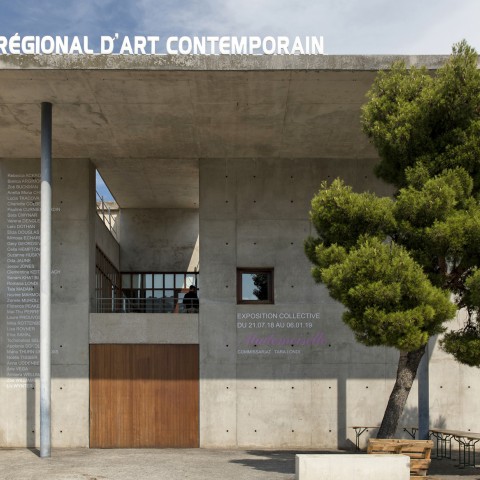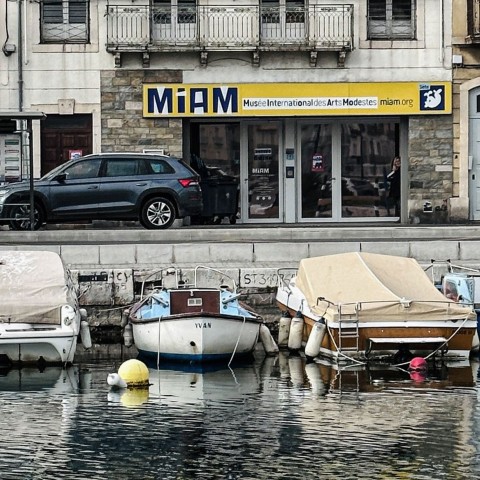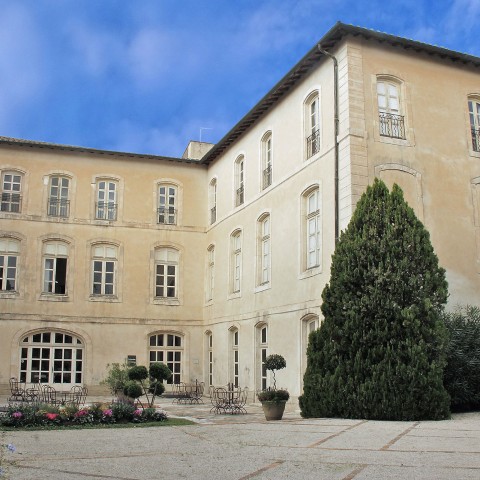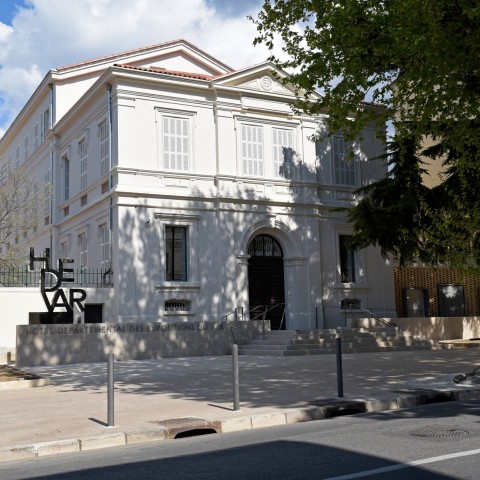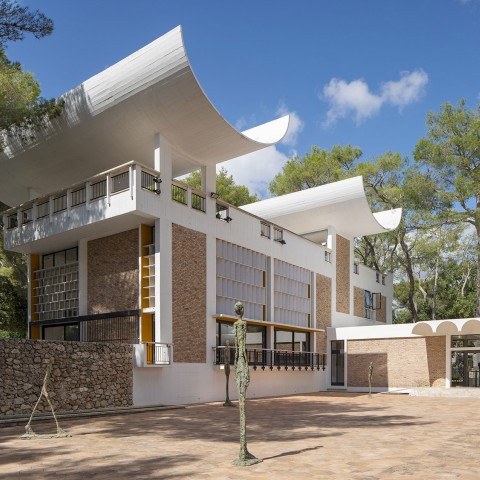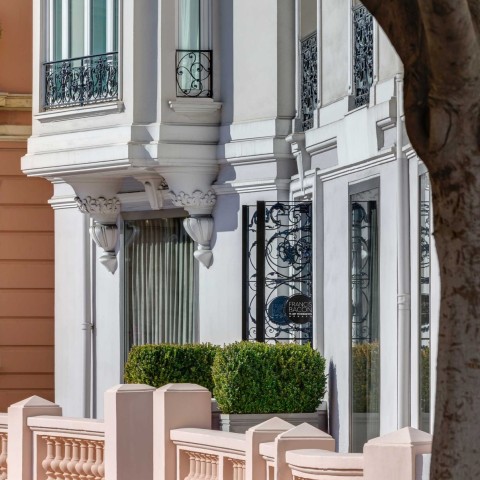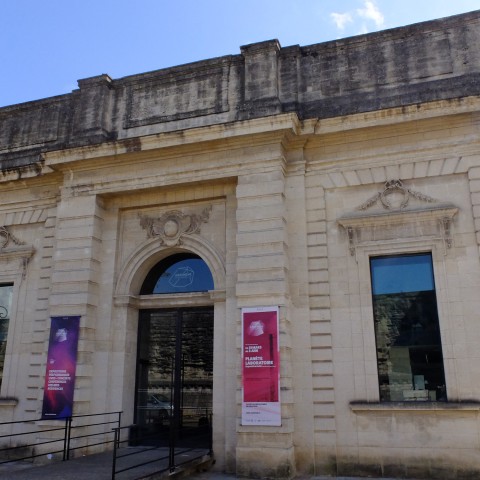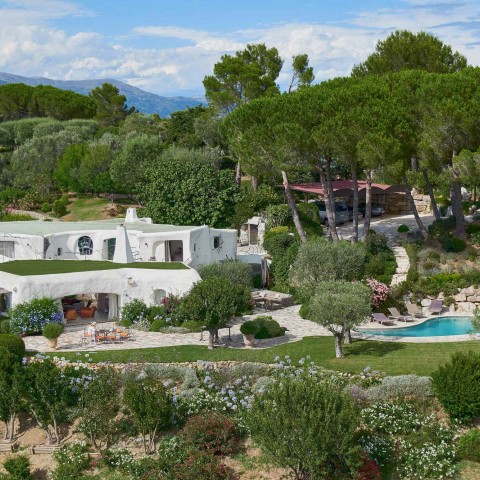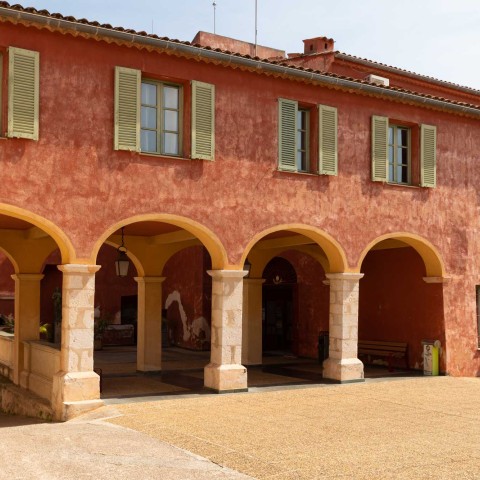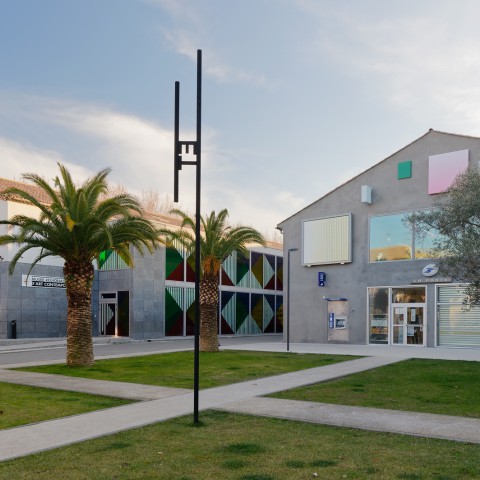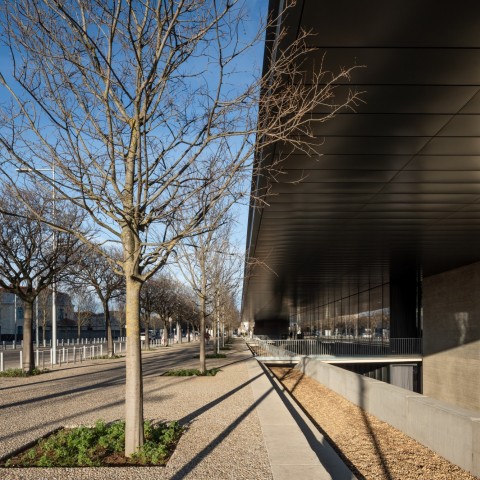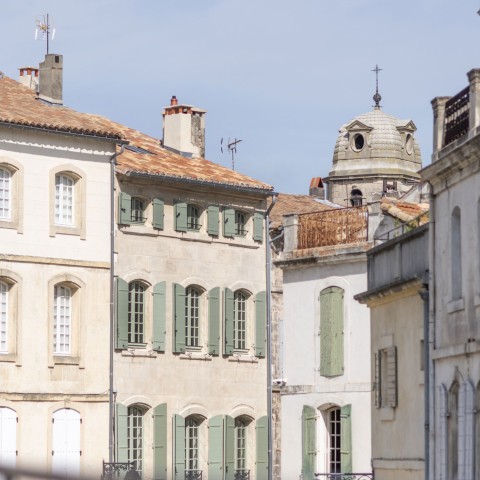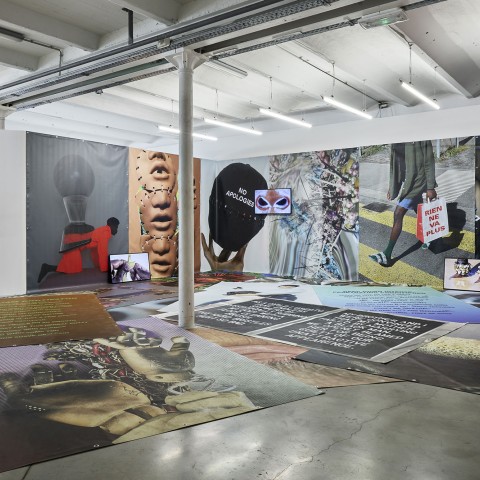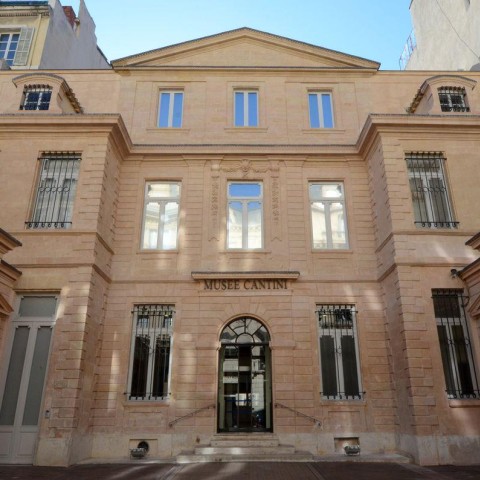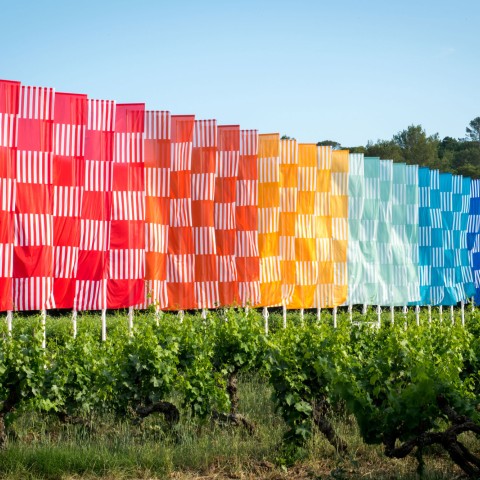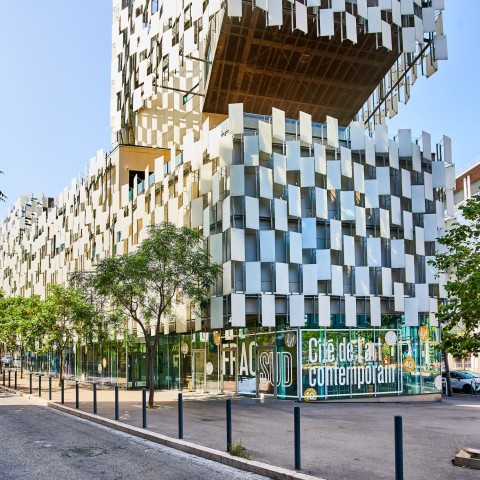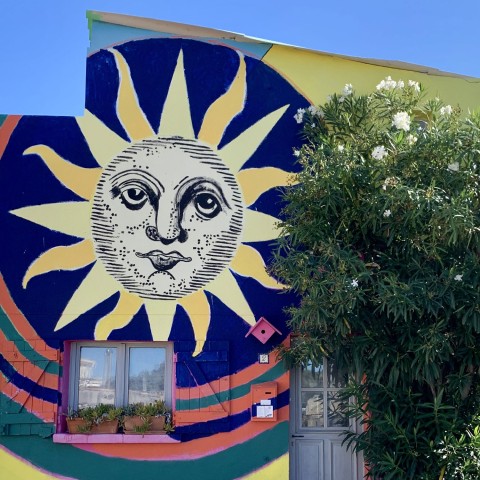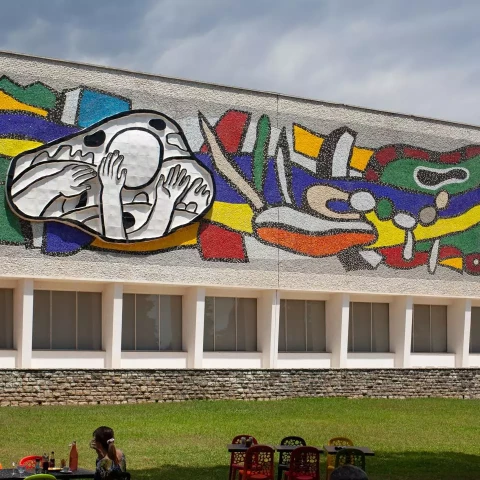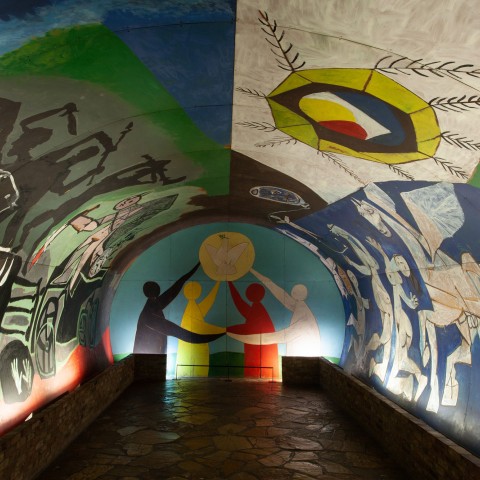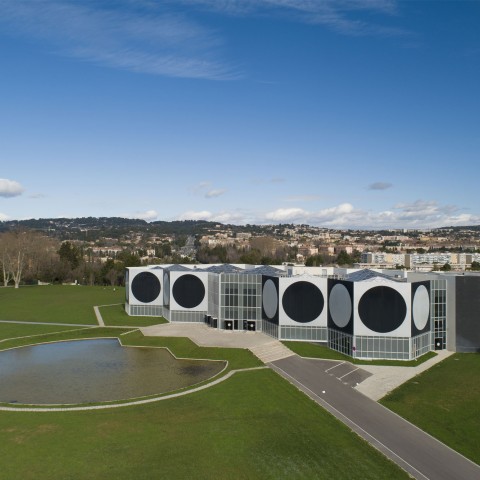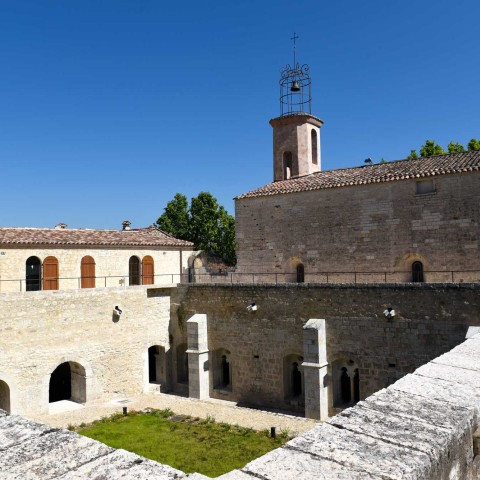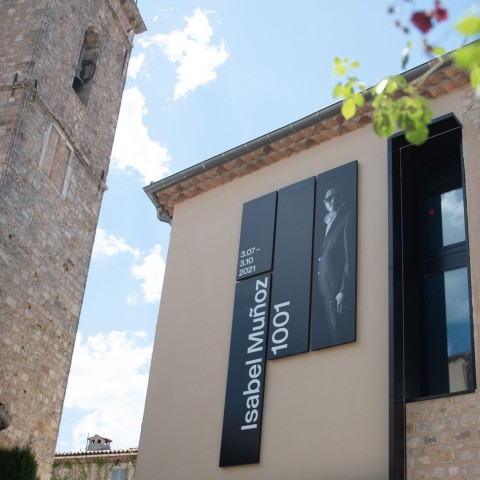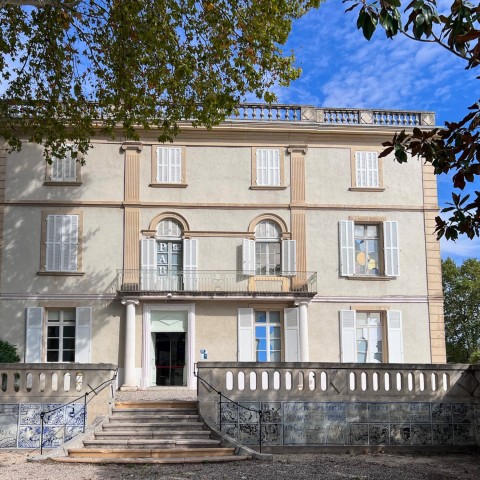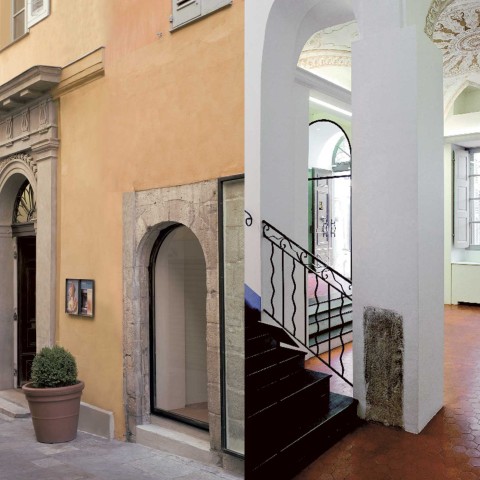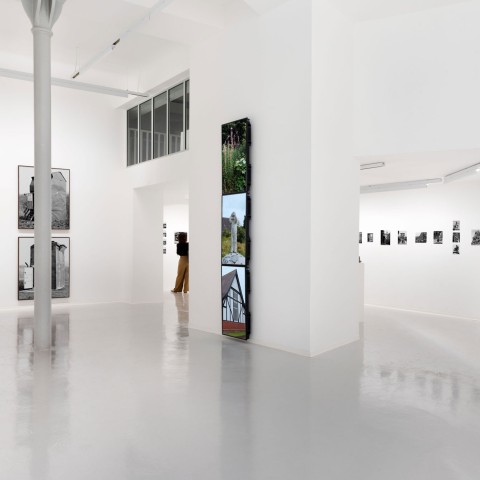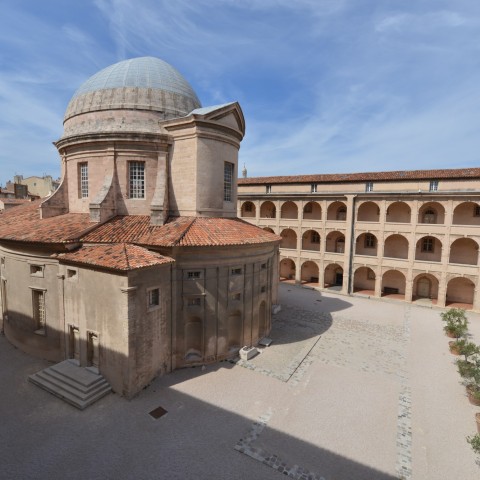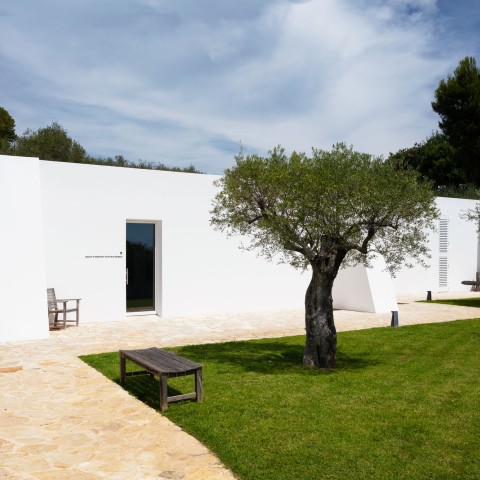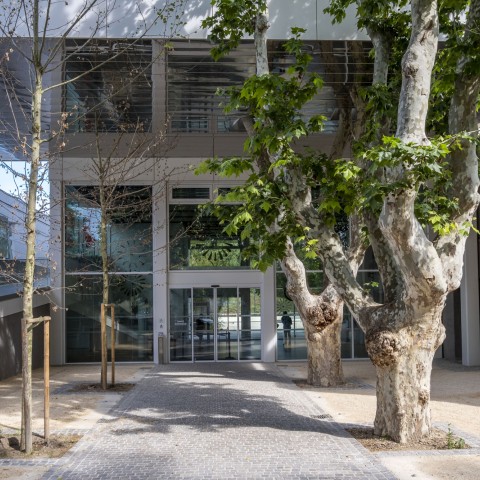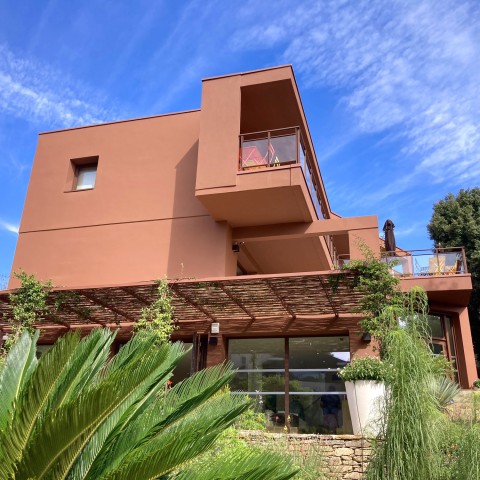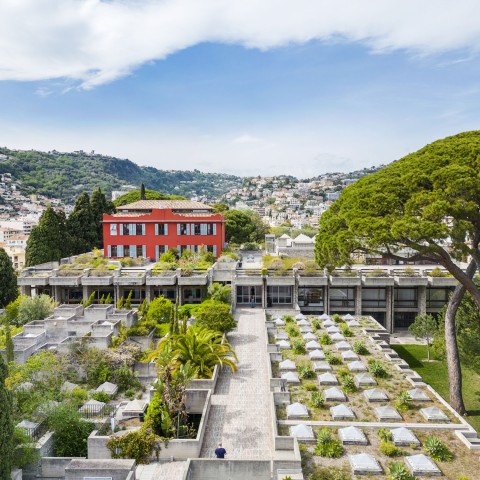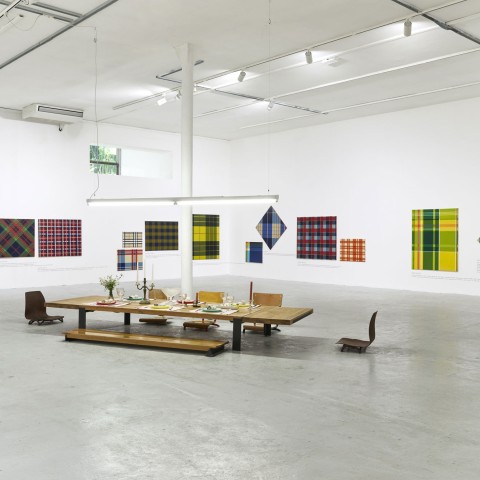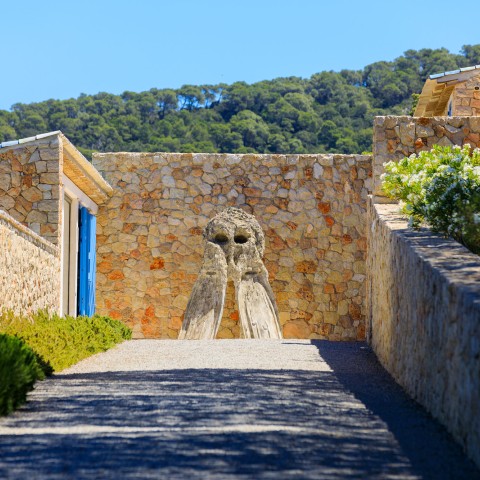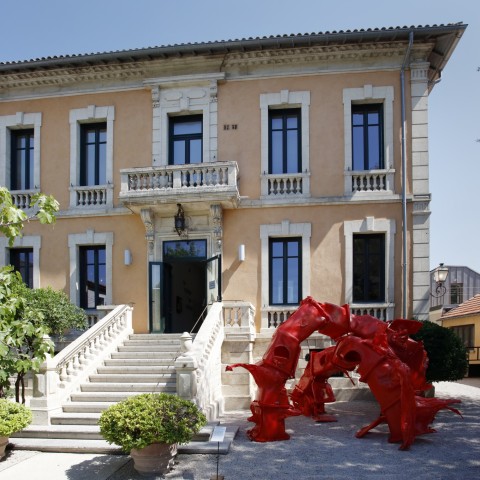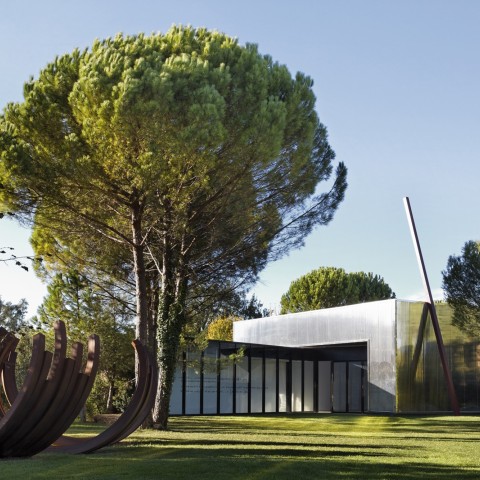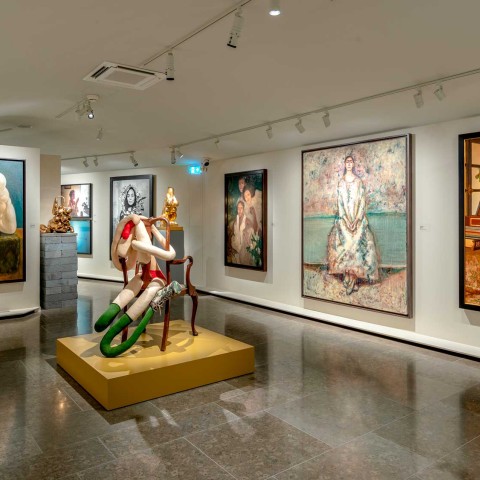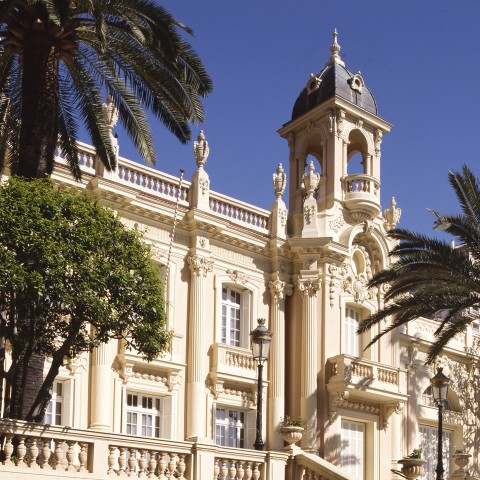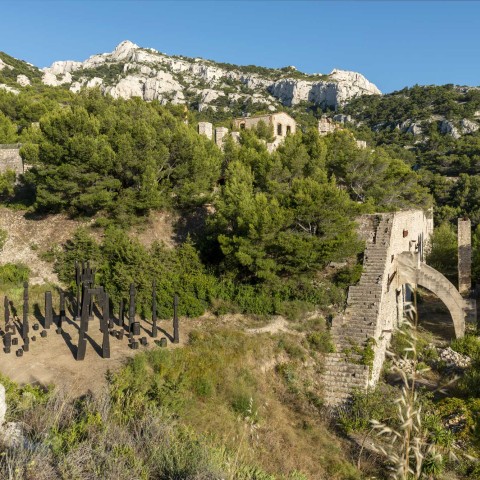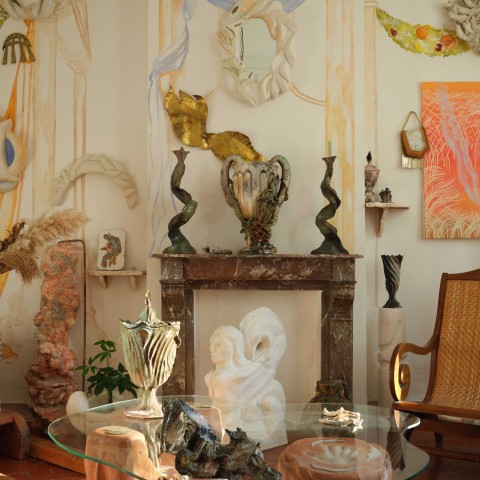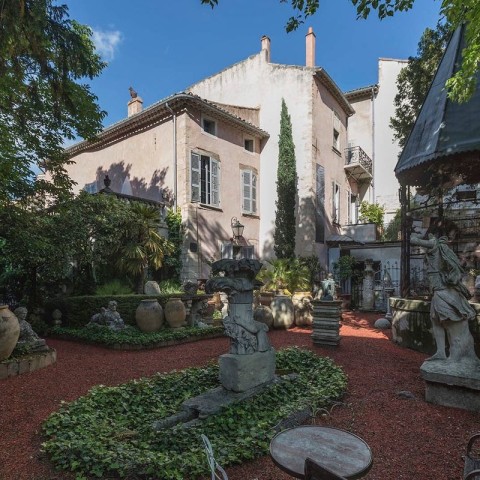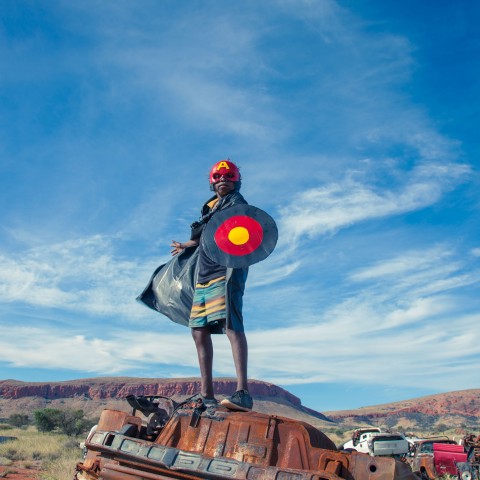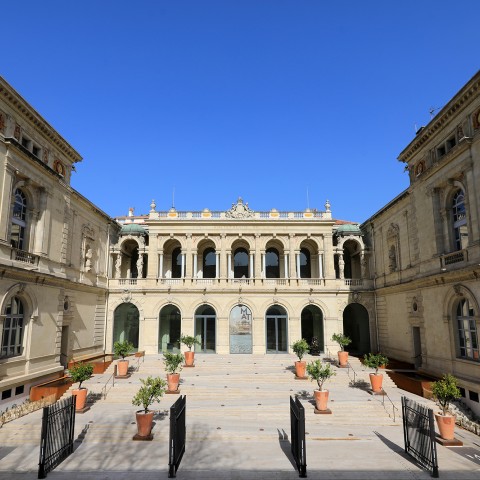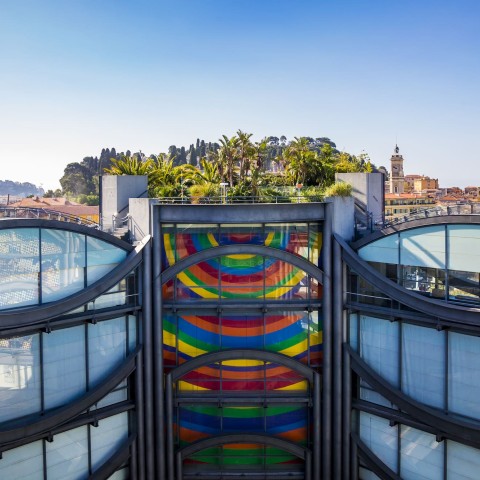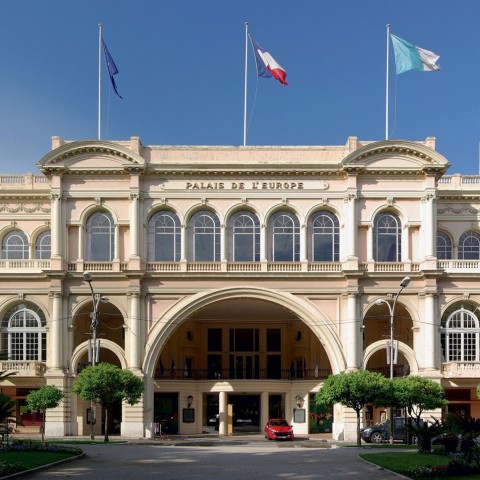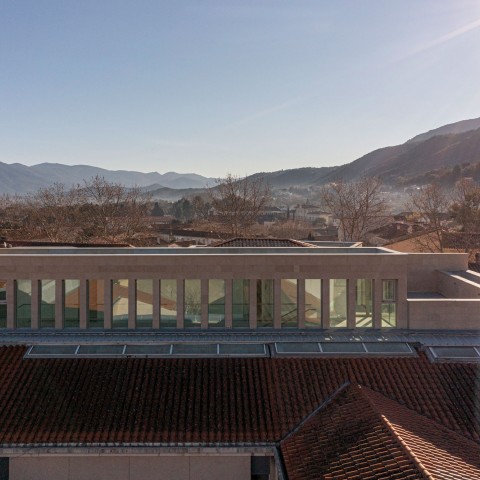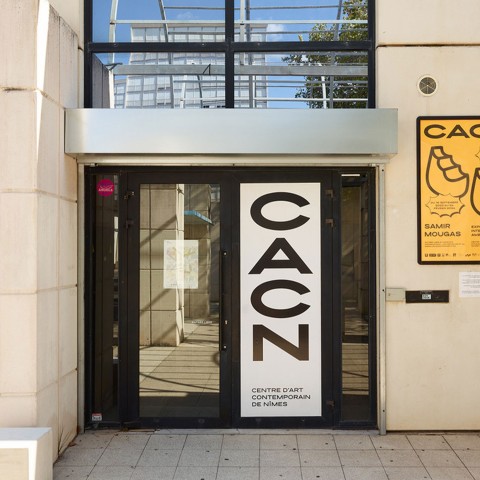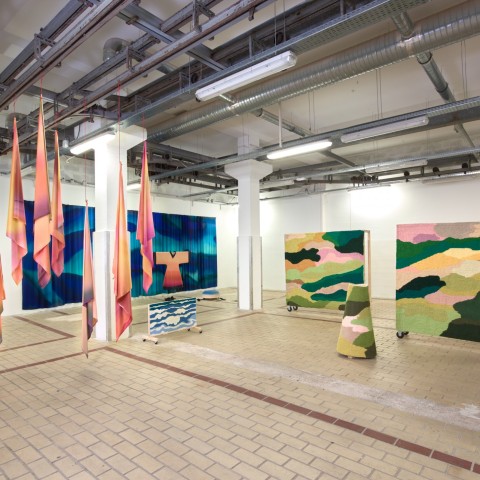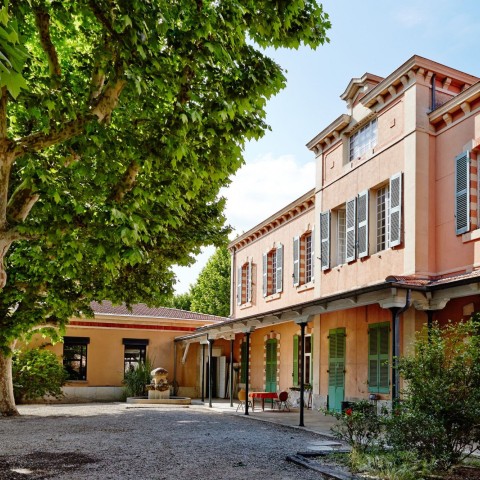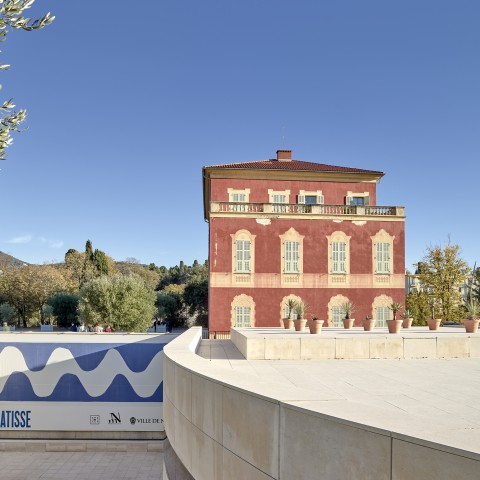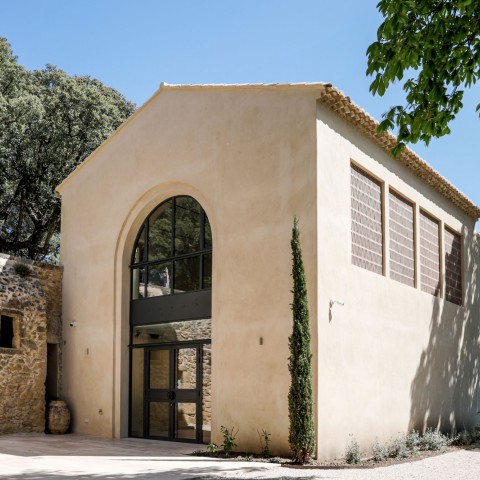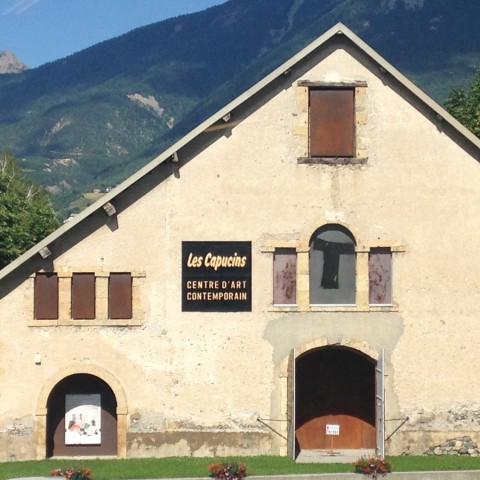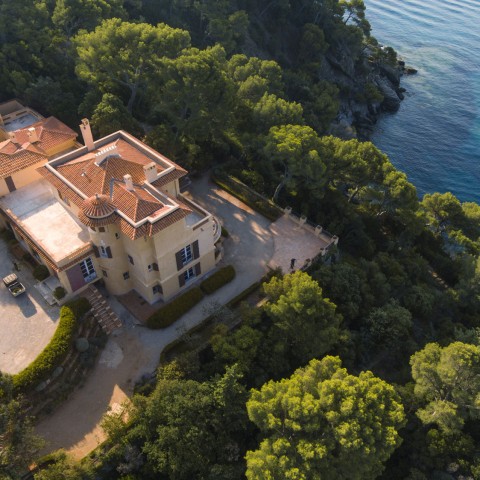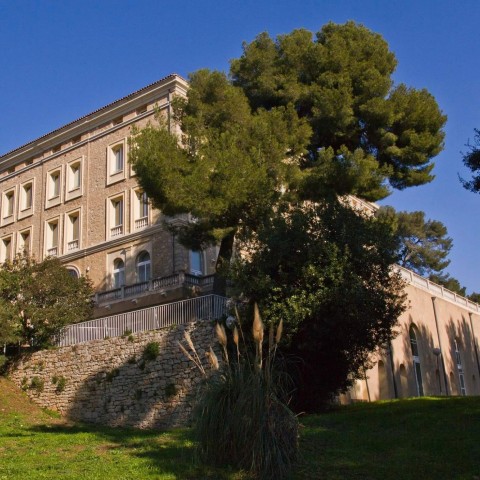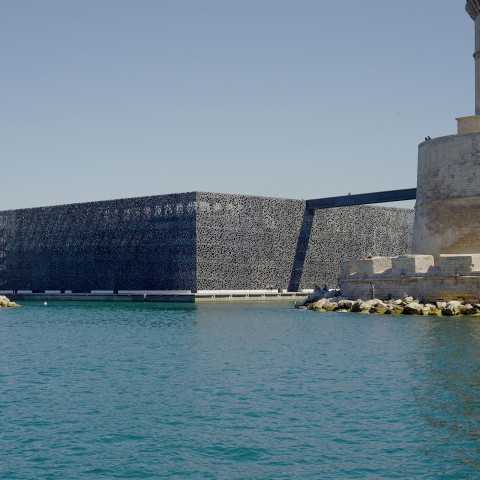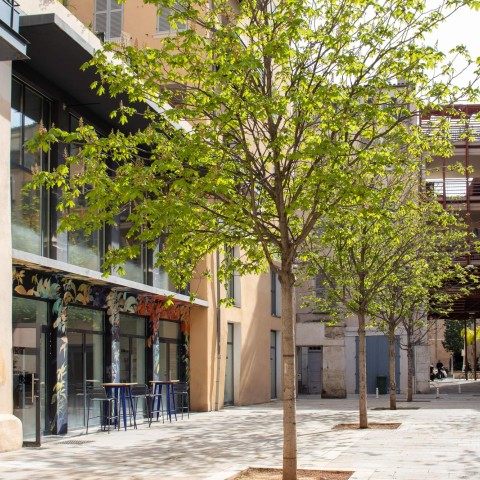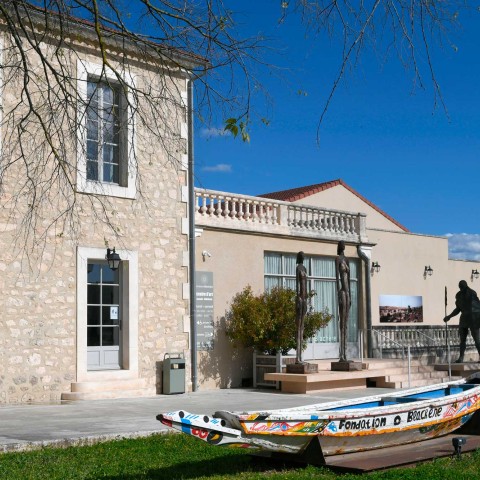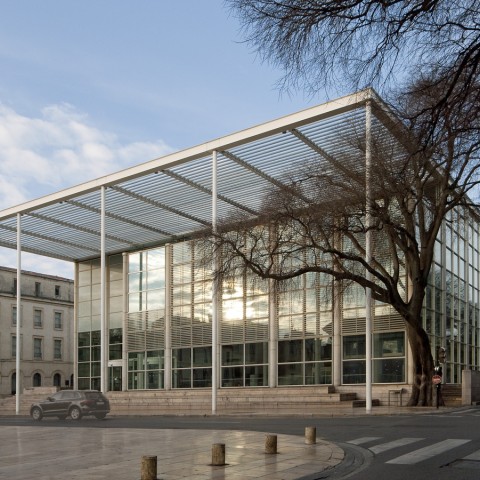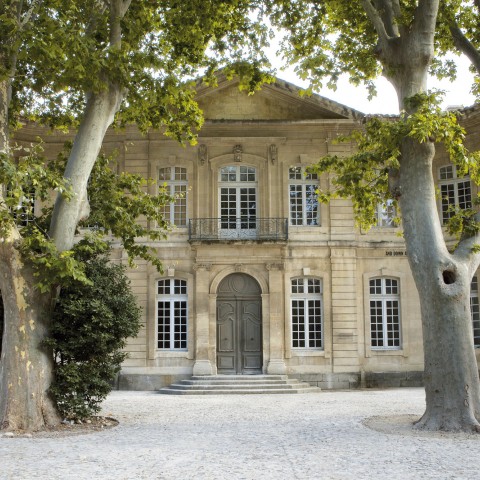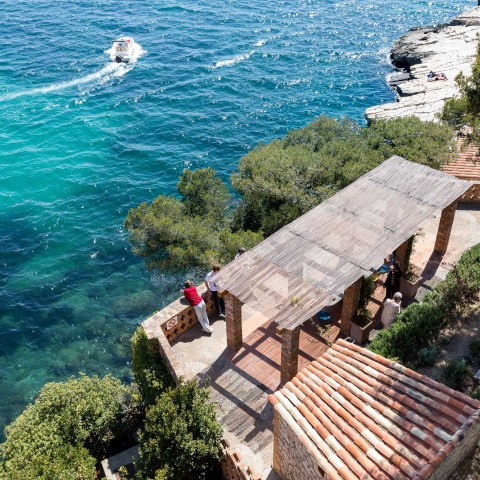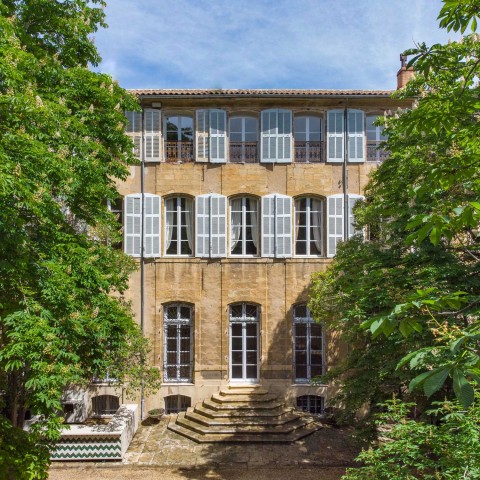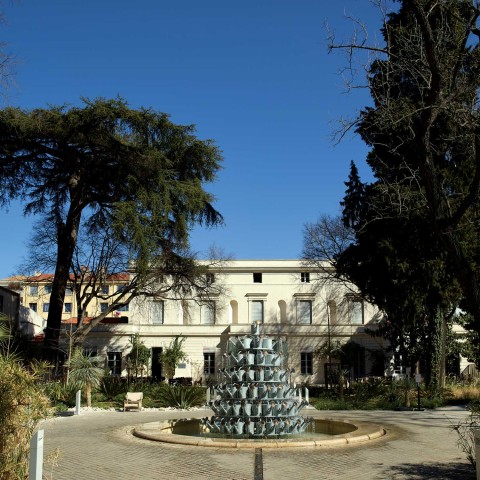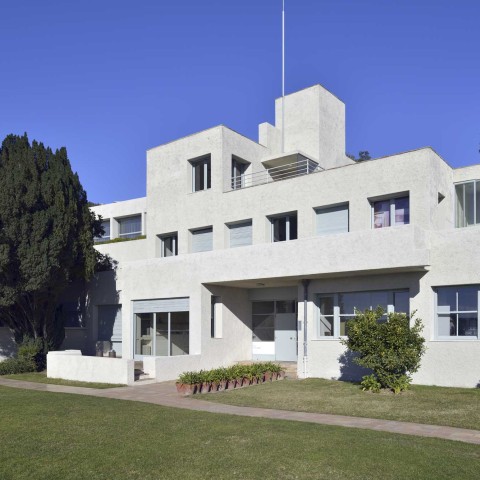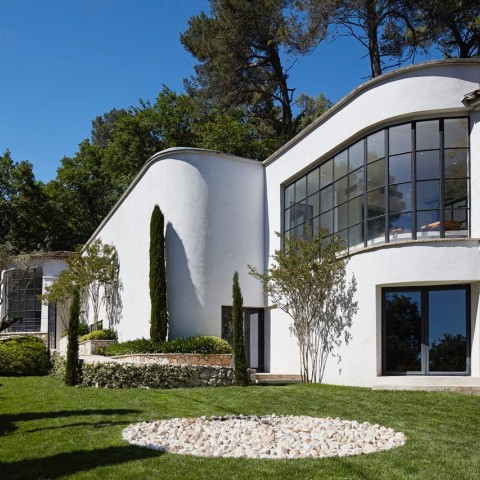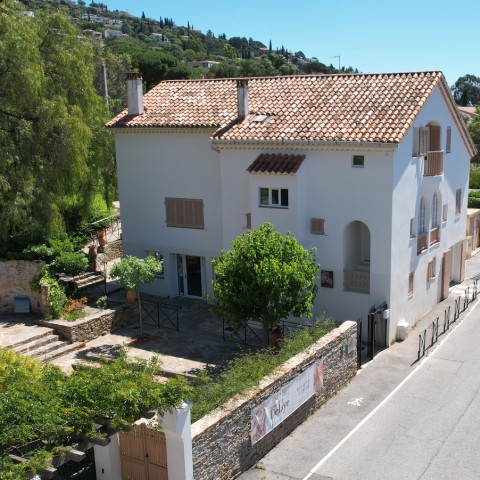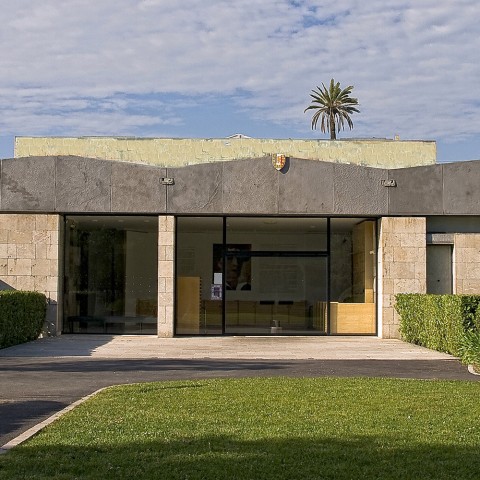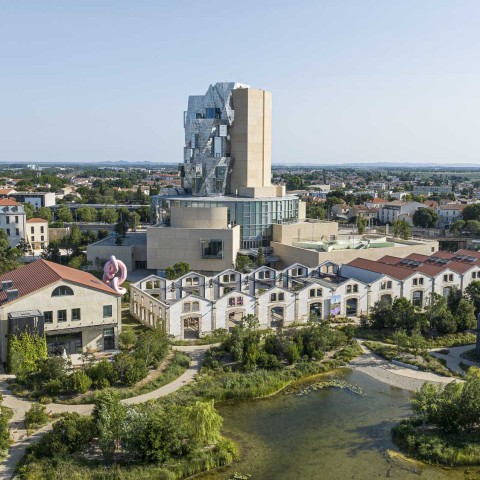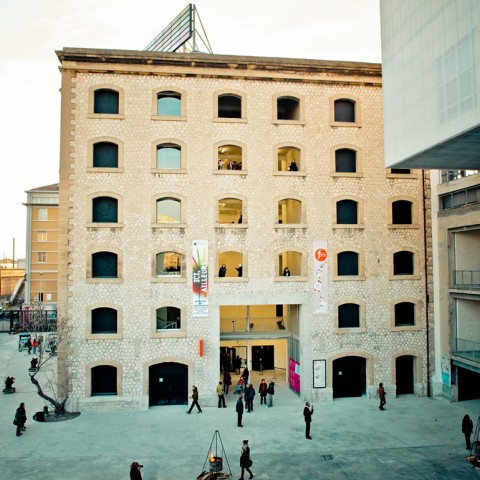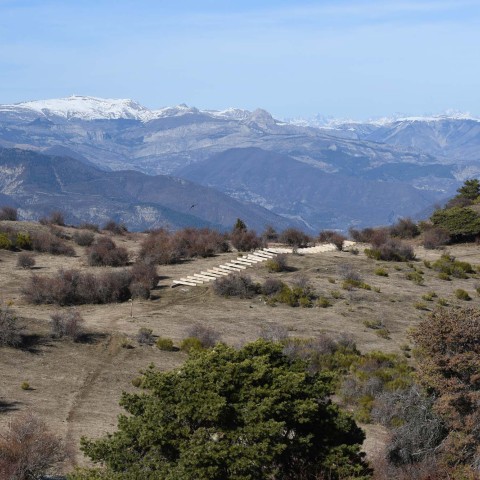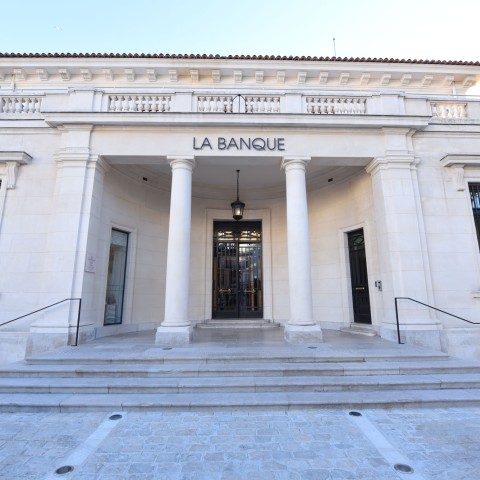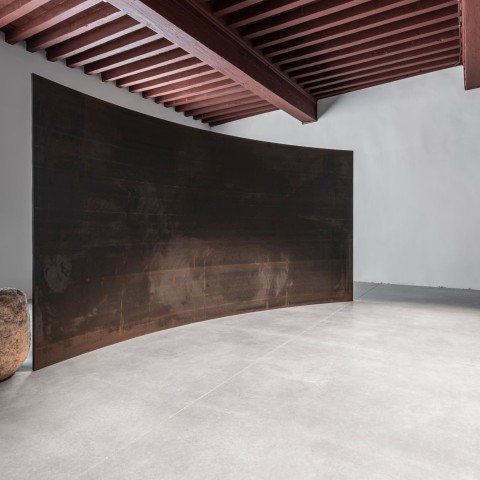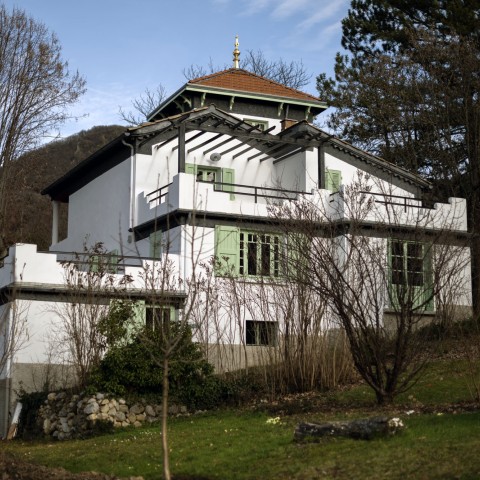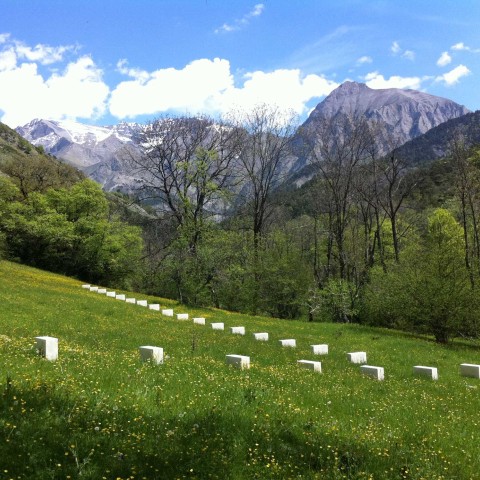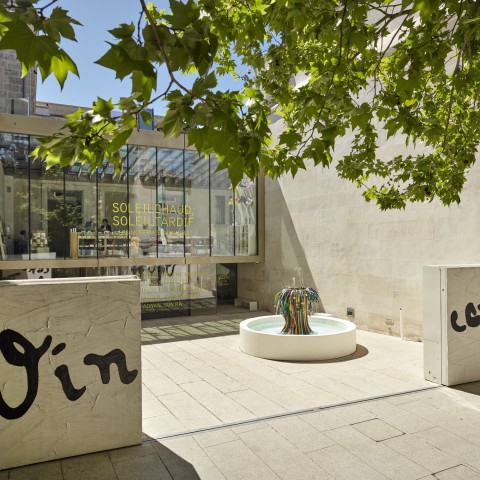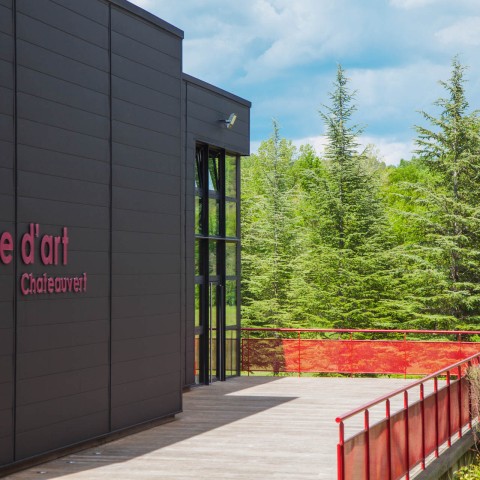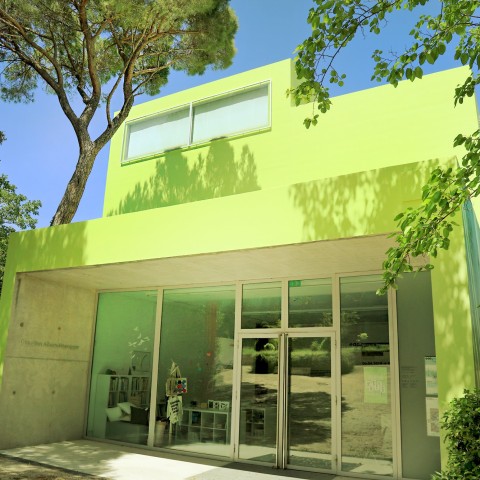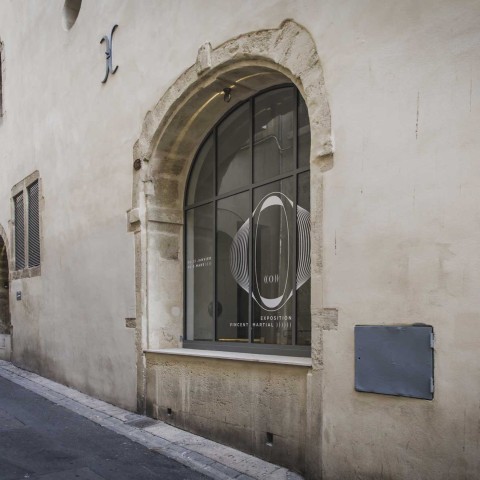Musée National Marc Chagall
Located on the hill of Cimiez in Nice, the Marc Chagall national Museum, created during the artist's lifetime, houses the masterly cycle of the Biblical Message. It bears witness to the great diversity of Chagall's artistic practices. Paintings, drawings, prints, sculptures, ceramics, but also stained glass, tapestry and mosaics, constitute a unique body of work in which technical virtuosity, colourful inventions and a universal message of peace are combined.
Located on the hill of Cimiez in Nice, the Marc Chagall national Museum, created during the artist's lifetime, houses the masterly cycle of the Biblical Message. It bears witness to the great diversity of Chagall's artistic practices. Paintings, drawings, prints, sculptures, ceramics, but also stained glass, tapestry and mosaics, constitute a unique body of work in which technical virtuosity, colourful inventions and a universal message of peace are combined.
Programme
New Hanging of the Collections – Autumn 2025
This new chronological and thematic hanging illustrates the permanence and recurrence of the themes explored by the artist since his early years. On the one hand, the self-portrait—alone or as a couple—holds a prominent place in Chagall’s work. On the other hand, the themes of the circus and dance partly find their origins in the Hasidic Jewish celebrations the artist experienced during his childhood. Chagall depicts the acrobat as an allegory of the artist and the circus as a satirical metaphor for society, where fantasy and cruelty coexist. Finally, the Bible occupies a central place in Chagall’s oeuvre. For more than fifty years, he continued to represent biblical episodes with a poetic and spiritual dimension, driven by his desire to convey an allegorical message of universal peace.
This autumn’s display also aims to showcase, for the last time before their departure in 2026 for a major exhibition in Seoul, the monumental paintings from the collection, on loan from the National Museum of Modern Art.
Access
Musée National Marc Chagall
Avenue Docteur Ménard
06000 Nice
+33 (0)4 93 53 87 20
musee-chagall.fr
The museum is open every day except Tuesdays, 1 January, 1 May and 25 December.
From May to the end of October: 10am to 1pm and 2pm to 6pm
From November to the end of April: 10am to 1pm and 2.30pm to 5pm
Locate other art venues in the vicinity on the map.
Discover our address book
PLACES TO DISCOVER
• Castle Hill Park : climbing the hill of the Castle to enjoy a royal view of the Baie des Anges, a fresh and timeless walk near the beautiful neo-classical cemetery.
PLACES TO EAT
• Le Plongeoir : a beachfront Mediterranean gourmet restaurant in a chic setting.
• Bocca : the new food and lifestyle experience in Nice: a sharing restaurant, a luxuriant rooftop and a cheerful atmosphere.
• Le Lavomatique : a bistronomic cuisine, delicious food to share in the old town.
• Le Local : a preserved address in the harbour district, high-quality Italian products and cuisine at an affordable price, elegant service.
• La Buvette du musée Chagall : fast food, a pleasant and bucolic break in the heard of Nice!
Garden of the Chagall Museum, open to all during the Museum’s opening hours.
• Socca du Cours Saleya : a "Nissarde" cuisine as we like it, to go!
• Doux Printemps : Just a stone's throw from the museum, an Asian food corner where the produce is always fresh and the welcome is always friendly.
• 21 Paysans : country grocery and eco-responsible restaurant.
• Marinette : cosy brunch, lunch and afternoon tea in Nice's old town.
On the beach in Nice :
• Le Galet : quality restaurant on the Promenade des Anglais, beach bar and sun loungers.
• Hôtel Amour à la plage : local dishes with a southern flavour, sun loungers and trendy electro DJ nights.
PLACES TO DRINK
• Place du Pin : the inhabitants of Nice call it their “Petit Marais”. Located in the Vieux-Nice.
• Le Negresco : an iconic place with a hotel, two restaurants and a bar.
On the roofs of Nice
All the great beachfront hotels have their rooftop. Ideal for a cocktail, a lunch or a coffee.
PLACES TO STAY
• Le Windsor, Jungle Art Hotel : a charming hotel with bedrooms decorated with contemporary artworks. A beautiful garden to enjoy your breakfast or your cocktails…
• Hôtel Amour : le dernier né de la famille Amour : 38 bedrooms, a restaurant, a swimming pool on the roof, a tree-filled patio, collected objects and furniture.

